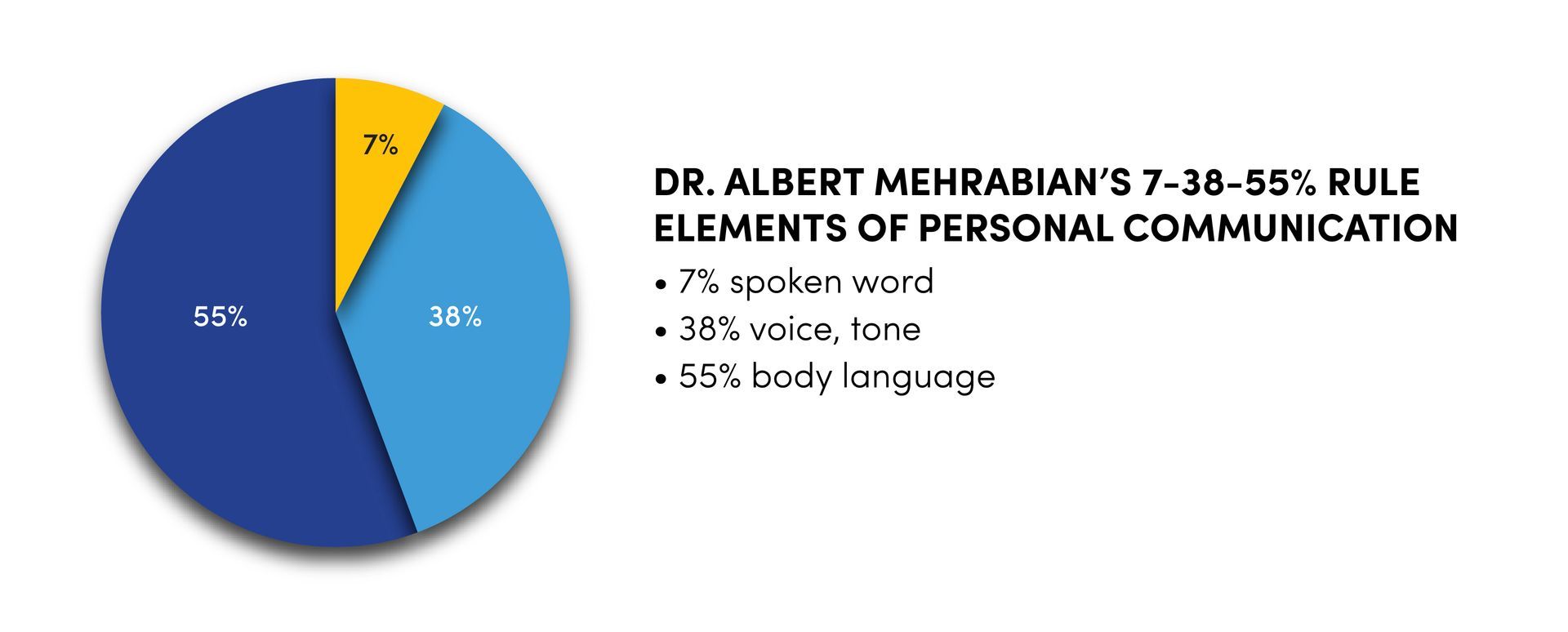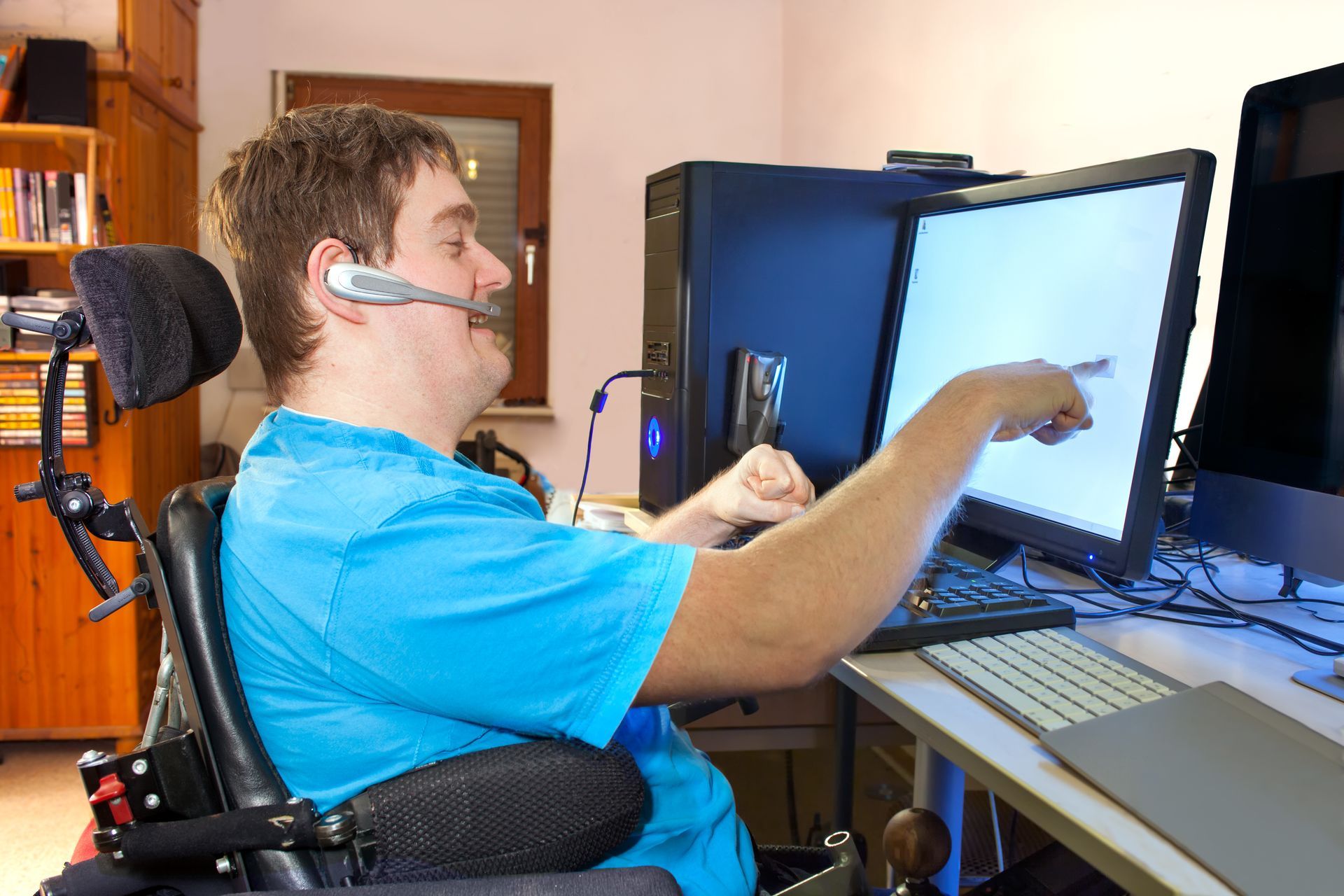Augmentative and Alternative
Communication ( AAC )
About AAC Resources
AAC methods of communication are a critical addition to many individuals’ lives, especially those living with cerebral palsy.
The main goal of AAC is to ensure that everyone has the opportunity to communicate effectively and participate in society to the fullest extent possible. Remember, AAC users use their communication methods for the same reasons speaking people use their voices. AAC empowers users to maintain a higher degree of independence, which can significantly enhance their quality of life by allowing the user to:
· Express thoughts
· Make choices
· Participate in social activities
· Establish and maintain relationships
· Exchange information
There are many options to choose from when it comes to AAC however the choice of system or strategy varies greatly based on the individual's needs, abilities, and preferences. It can range from low-tech options like picture boards and communication books to high-tech devices that use speech-generating software and touchscreens. AAC may also include body language, facial expressions, and hand gestures.
Family members, friends, or caregivers of a person who uses AAC may benefit from the following tips:
· Remember, everyone communicates differently!
· Get to know the individual and how they communicate without making prior assumptions.
· Become familiar with personal indicators such as how the AAC user communicates using “Yes/No”, body language, etc.
· Become familiar with the specific AAC tools being used, such as electronic devices, word boards, etc.
· Do not be afraid to ask an AAC user to clarify. Good communication takes time.
Elements of Personal Communication
Dr. Albert Mehrabian is known for his 7-38-55% rule, which breaks down elements of personal communication. According to his rule, only 7% of communication relies on spoken words, 38% is influenced by voice and tone, and 55% is attributed to body language.

If you believe that Augmentative or Alternative Communication (AAC) could be beneficial for you or a family member, we encourage you to discuss this with your family physician, who can assist by making a referral to your nearby AAC clinic.




